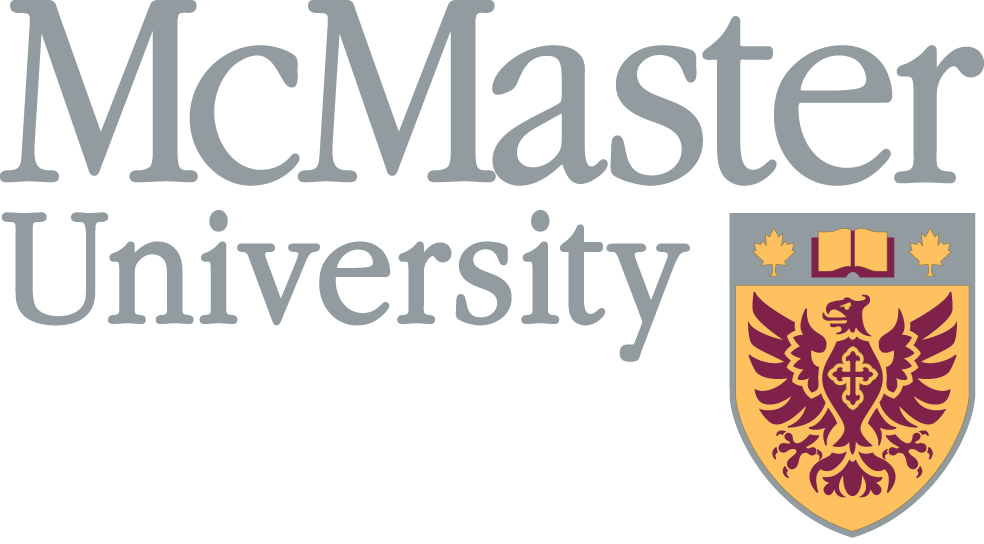2014 CMS Winter Meeting
McMaster University, December 5 - 8, 2014
- MOSHE ADRIAN, University of Toronto
The Local Converse Problem for GL(n,F) [PDF]
-
Let F be a non-archimdean local field of characteristic zero. The local converse problem for asks to what extent the twisted gamma factors determine a representation of GL(n,F). Jacquet has formulated a conjecture on precisely which family of twisted gamma factors should uniquely determine a representation of GL(n,F). Because of recent work of Dihua Jiang, Chufeng Nien, and Shaun Stevens, this conjecture is now settled in many cases. I will report on recent work to complete the proof of Jacquet's conjecture. This is joint work with Baiying Liu, Shaun Stevens, and Peng Xu.
- HUGO CHAPDELAINE, University Laval
Real analytic Eisenstein series twisted by integral non-discrete unitary characters [PDF]
-
Let $K$ be a totally real field of degree $g$ over $K$. Let $\mathfrak{h}$ be the Poincare upper half plane. In this talk we will introduce a family of Eisenstein series $E(z,\tilde{\omega},s)$ where $z\in\mathfrak{h}^g$, $s\in\mathbb{C}$ and $\tilde{\omega}:(K\otimes_{\mathbb{Q}}\mathbb{C})^{\times}\rightarrow S^1$ is an integral unitary character. It is a real analytic function in $z$ and and a meromorphic function in $s$. We will then proceed by presenting its main properties: (a) Its Fourier series expansion and its relationship with $GL_1$ automorphic forms, (b) its automorphic properties, (c) the fact that it is an eigenvecor for the hyperbolic Laplacian, (d) some growth estimates etc. Then we will give an analytic characterization of $E(z,\tilde{\omega},s)$. Finally, if time permits, we may discuss a Kronecker limit formula that we have computed for the function $s\mapsto E(z,\tilde{\omega},s)$ in a neighbourhood of $s=1$.
- CLIFTON CUNNINGHAM, University of Calgary
From the function-sheaf dictionary to quasicharacters of $p$-adic tori [PDF]
-
Motivated by an application to the geometrization and categorification of quasicharacters of $p$-adic tori, David Roe and I have extended Deligne's function-sheaf dictionary from connected commutative algebraic groups to smooth commutative group schemes over finite fields. In this talk I will explain how to use this extended function-sheaf dictionary to geometrize quasicharacters of algebraic tori, abelian varieties and unipotent wound groups over local fields using local systems on Greenberg transforms of Néron models.
Joint work with David Roe.
- PAUL MEZO, Carleton University
Twisted endoscopy in the framework of Adams-Barbasch-Vogan [PDF]
-
Endoscopic transfer was originally expressed in terms of identities between distributions defined from either orbital integrals or characters. In the early 1990's Adams, Barbasch and Vogan proved endoscopic identities for real groups which were defined using sheaf theory. We shall desciribe how the theory of twisted endscopy, established by Kottwitz and Shelstad, may be intgrated into the sheaf-theoretic framework.
- MONICA NEVINS, University of Ottawa
Branching to the derived group of length-one toral supercuspidal representations [PDF]
-
Let \(\pi\) be a length-one toral supercuspidal representation of a connected reductive group \(G\), such as constructed by Adler (and in greater generality by Yu). Using methods from work by Hakim and Murnaghan, we give an explicit decomposition of the restriction of \(\pi\) to the derived group \(G'\) of \(G\). This restriction is given in terms of the restriction to \(G'\) of the \(G\)-datum used for the construction of \(\pi\). In particular we are able to show that this restriction has multiplicity one, affirming a case of a conjecture of Adler and Prasad.
- GEO KAM-FAI TAM, McMaster University
Endoscopic classification of tame supercuspidal representations of p-adic quasi-split classical groups [PDF]
-
I propose a way to describe the endoscopic classification of Arthur and Mok of supercuspidal representations of p-adic quasi-split classical groups, under a tame condition, using the theory of semi-simple types of Bushnell-Kutzko, Henniart, and Stevens.






